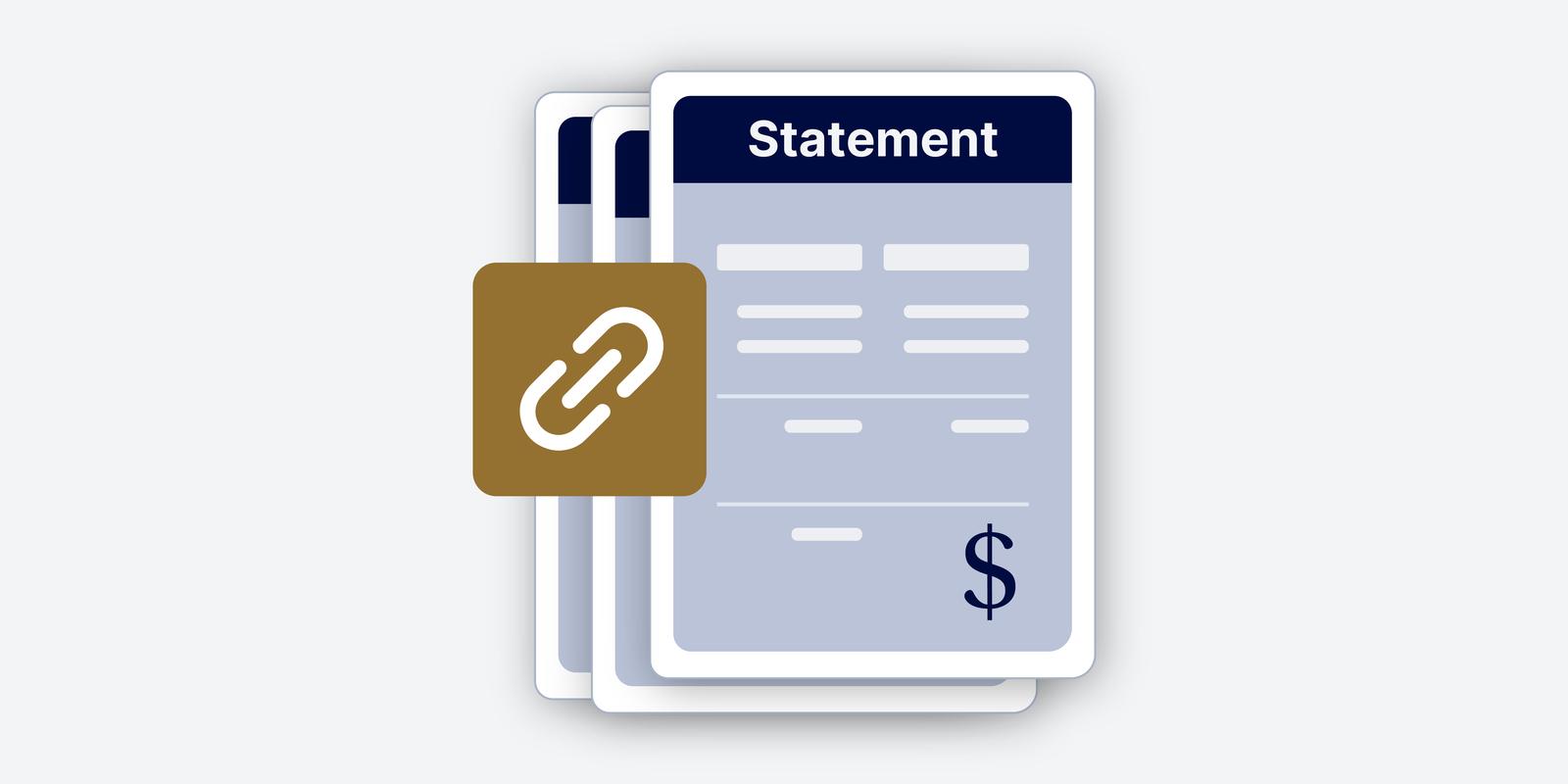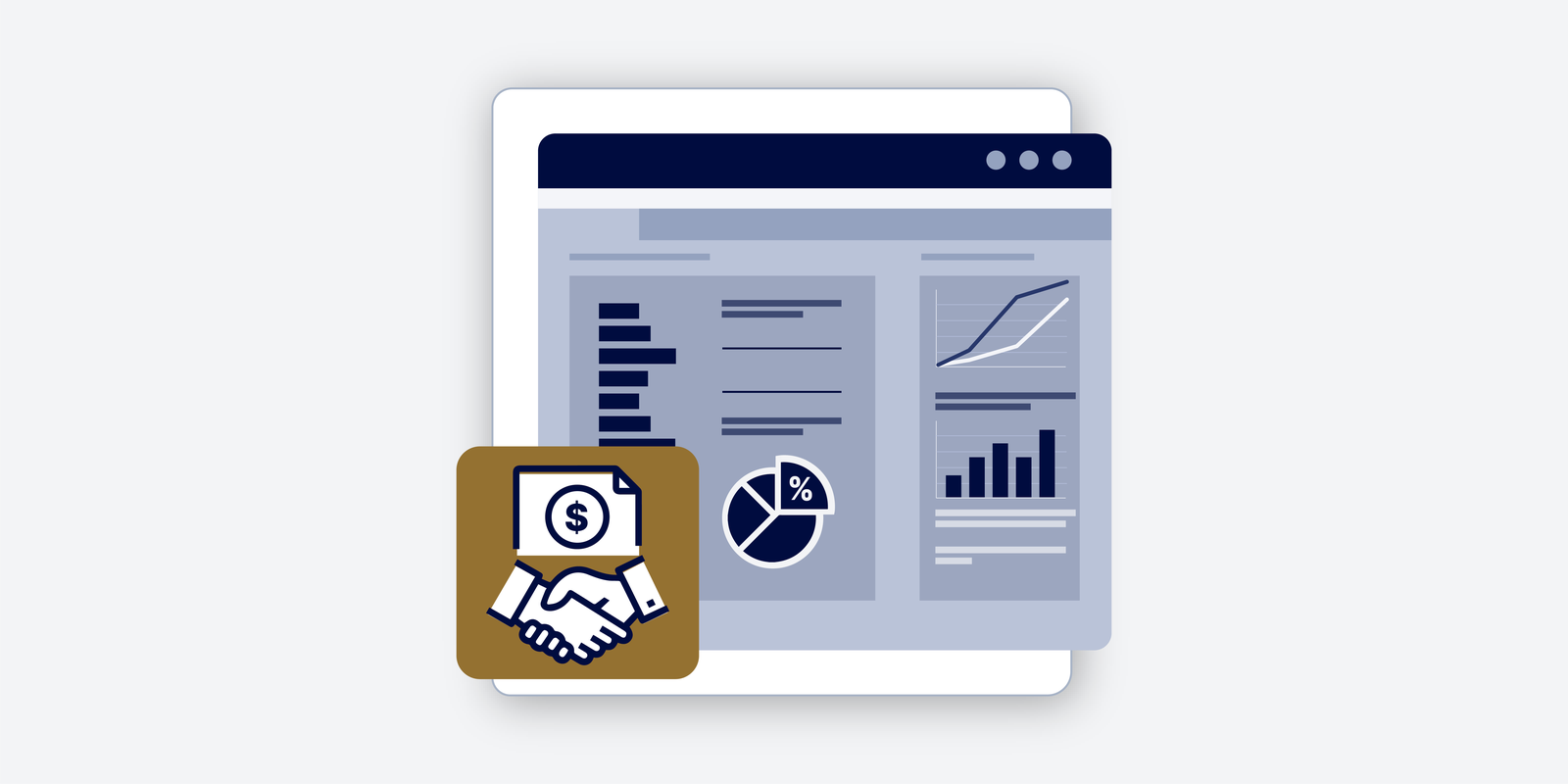Corporate Finance Explained | Cash Flow Management
Tune in for expert Cash Flow Management and Liquidity Strategy insights vital for Business Survival and sustainable Business Growth. This Corporate Finance Explained episode delivers essential Corporate Finance principles, focusing on Managing Cash Flow effectively for optimal Financial Health. Learn crucial Financial Management tactics.
We analyze Cash Flow Forecasting techniques, strategic Scenario Planning for Finance, and practical Working Capital Optimization. Understand the critical Finance Strategy and Financial Planning differences that separate thriving businesses from those facing Business Failure. Explore why Profitability alone isn’t enough without solid Cash Management.
Study real-world examples: learn from the Cash Flow Problems leading to failure (Toys R Us, WeWork analysis) and the successful Liquidity Management and Working Capital strategies of industry leaders (Amazon Cash Flow Strategy, Walmart Inventory Management, Apple Cash Reserves). Equip your Finance Team, FP&A Analysts, and Finance Leadership with actionable Financial Analysis and Treasury Management strategies to protect and grow your business.
Transcript
OK, let’s get right into it. Imagine this.
(…)
Your company is doing great. Profit margins are looking good. Growth is exceeding expectations. You’re feeling pretty good about things. But then you have to stop and ask yourself, is your company actually liquid? What if there was a sudden economic downturn, like a big unexpected expense, or even just customers are slow on their payments? Could you weather that storm? That’s a question more companies should be asking themselves, I think. See, a surprising amount of companies, they fail not because they weren’t profitable, but because they haven’t really mastered cash flow management. It’s like having a super powerful engine, but forgetting to fill the tank. So that’s what we’re diving into today for this deep dive. Cash flow management. Our listener actually sent us a ton of articles and reports. So we’re going to try to unpack why cash flow management is so important, especially in today’s economy. And maybe even uncover some secrets from companies that are doing this really, really well. But first, just to start, I’m curious, how widespread is this problem? Do companies really go under because of cash flow issues, even if they’re profitable?
(…)
It’s more common than you might think. Studies show that something like 82% of business failures, they list cash flow problems as a primary cause. And this isn’t just limited to small startups or anything. Even large, well-established companies, they can crumble if they can’t keep the cash flowing. Wow, 82%. That’s a pretty alarming statistic. So it’s not just about making a profit. It’s about having that cash on hand when you need it. What are some of the things that can really trip companies up when it comes to cash flow? Well, late payments from customers, that’s a classic. But it’s much more than that. Market volatility, unexpected expenses, supply chain disruptions, any of those things can really throw even your well-crafted projections off course. And then with today’s rising interest rates and economic uncertainty, you need a strong liquidity strategy more now than ever. Yeah, it sounds like navigating a financial obstacle course. But if we think of cash as the fuel that keeps a business running, how can companies actually predict these cash flow challenges? It can’t just be a guessing game. Right. And this is where cash flow forecasting comes in. It’s all about creating a financial roadmap, using historical data and predictive modeling to anticipate potential roadblocks. The best finance teams, they go beyond just looking at past numbers. They use these dynamic models that incorporate real-time data. And they even factor in future trends. So it’s not just a rearview mirror perspective. It’s about anticipating what’s ahead and then making changes, correcting your course before you hit a financial snag. Yeah, exactly. And the most successful companies, they go a step further by using something called scenario planning. So what would happen if sales dropped by, let’s say, 20%? What if a key supplier went out of business by actually modeling these what-if scenarios, companies can identify any vulnerabilities and start to develop some strategies to mitigate risk? It’s kind of like a fire drill for your finances. You don’t want to wait until there’s an actual fire to figure out your escape route. Yeah, I really like that analogy. It highlights how important it is to be prepared for the unexpected. But let’s move from the theoretical to maybe something a little more practical. Yeah. What are some real-world examples of companies that are really good at this, that are absolutely nailing the cash flow game? Sure. Let’s start with a company that, while everyone knows them, they’ve become synonymous with growth and innovation, Amazon. They’ve clearly mastered the art of expansion. But what’s really fascinating is how they balance that growth with financial stability. Yeah, it’s amazing how Amazon has managed to maintain such rapid growth while also staying financially sound. I mean, what are some of the key factors that allow them to pull that off? Well, even in their early days, Amazon prioritized operational liquidity. That was a core principle, not an afterthought. They’ve also become masters of optimizing their supplier payment terms. So what that means is they negotiate longer payment windows. That lets them generate revenue before they have to pay their suppliers. It’s not just about making the sale. It’s about managing when the cash actually comes in. Yeah, that’s a great way to put it. And they go even further by tightly managing their inventory. They minimize the cash that’s tied up in stock. So they free up more resources to reinvest in areas that are going to fuel future growth, like logistics and technology, all without those scary cash crunches. Speaking of efficiency, another retail giant that comes to mind is Walmart. They’re known for their operational excellence. But how does that actually translate into cash flow mastery? Well, what’s remarkable about Walmart is that they’ve actually achieved something called a negative cash conversion cycle. To understand this, let’s quickly break down how the cash conversion cycle typically works. It’s essentially the time it takes a company to convert inventory into cash. So starting from when they pay their suppliers to when they collect payment from their customers. So it’s a measure of how efficiently a company is using its working capital to generate revenue. Exactly. And Walmart has actually managed to flip this cycle on its head. They’ve really streamlined their operations, and they leverage their huge scale to negotiate these extended payment terms with suppliers, while simultaneously optimizing their supply chain to make sure that inventory turnover is really rapid. So are they actually collecting cash from customers before having to pay their suppliers? Yes, they are. It’s a pretty impressive feat. That is impressive. But realistically, how many companies can actually replicate that model? What are some of the unique factors that allow Walmart to do this? You’re right. Walmart’s scale and their negotiating power are certainly key factors. They can basically– well, they can dictate terms to their suppliers in a way that smaller businesses just can. But there are still lessons to be learned from their approach. Even if you can’t get a negative cash conversion cycle, the principle of optimizing each stage of that cycle, from procurement to inventory management to receivables collection, it’s universally applicable. So it’s about finding ways to shorten that cash conversion cycle, even if you can’t completely flip it like Walmart. Right. Makes sense. But we all know that learning from mistakes can be just as valuable as studying those big success stories. Are there any cautionary tales out there, companies that had the profit part down but stumbled when it came to cash flow? Oh, unfortunately, there are quite a few. Let’s talk about Toys R Us, a brand that was once– well, it was a staple for so many childhoods. Despite being profitable, they filed for bankruptcy in 2017. And one of the major contributing factors was, well, you guessed it, cash flow misalignment. Oh, yeah, I remember spending hours in Toys R Us as a kid. It’s sad to see such an iconic brand disappear.
(…)
What lessons can we learn from their downfall so other businesses don’t suffer the same fate? Well, Toys R Us, they had a lot of debt. And when sales started to decline, they just couldn’t keep up with their debt obligations and the costs of operating. It’s a reminder that revenue alone can’t save you. It’s about having that cash on hand to keep the lights on and the business running, even when things get tough. Yeah. It seems like they were caught in a perfect storm, declining sales, a heavy debt burden, and maybe an inability to adapt quickly enough to how much retail has changed. You’ve hit the nail on the head. They weren’t able to change their business model or optimize their cash flow enough to weather that storm. And well, this brings us to another high profile example. Rework, they were really, I guess, the poster child for disrupting the office space market. But they’re really fast growth. It masked a pretty fundamental cash flow problem. Yeah, WeWork’s rise and fall was definitely dramatic. What were some of the red flags, do you think, in their case? Their downfall was a combination of things. But one key issue was their reliance on getting external funding instead of building a model that was sustainable for cash flow. They basically prioritized expansion over profitability, assuming that funding would always be there. But when the market changed and the funding dried up, their lack of attention to cash flow management, well, it proved fatal. So it’s a cautionary tale about the dangers of prioritizing growth at all costs. Exactly. A company can actually survive losses. But running out of cash, that’s game over. And these examples highlight how much finance teams need to be– well, they need to be proactive, not reactive, when it comes to cash flow. It’s not just about putting out fires. It’s about building a really solid financial foundation that can withstand the inevitable storms that come along.
(…)
I mean, how companies like Amazon and Walmart, how they’ve mastered cash flow management, what can other companies do to achieve those kinds of results? Let’s dive into some specific strategies for optimizing working capital. Sure. Let’s start with the cash conversion cycle, which we touched on earlier. Remember, this is the time it takes for a company to turn its inventory into cash. There are three key areas that I think top performing companies focus on to shorten the cycle and boost their liquidity– shortening the cash conversion cycle, improving receivables collection, and leveraging strategic financing. OK. Let’s unpack these one by one, starting with a cash conversion cycle. It sounds like a complex financial concept, but I’m sure there’s a straightforward way to understand it. Yeah, you’re absolutely right. It’s a simple idea. Imagine you’re a company that sells bicycles. So you purchase parts from suppliers, assemble those parts into bicycles, sell those bicycles to customers, and finally collect payment from those customers. The cash conversion cycle is simply the time between when you pay your suppliers for the parts and when you actually receive payment from your customers for the finished bikes. So it’s all about speed and efficiency. The faster you can turn inventory into cash, the less cash you have tied up in operations and the more financial flexibility you have. You got it. And companies like Apple and Dell, they’ve turned this into an art form with their just-in-time inventory management systems. They only order components when they need them for production, which minimizes warehousing costs and reduces the cash that’s tied up in stock. That’s incredibly efficient. But not every company can operate like an Apple or a Dell. What about businesses that don’t have that kind of manufacturing model? Are there other ways to improve that cash turnover? Absolutely. Negotiating better payment terms with your suppliers is a great place to start. If you can extend your payment terms, you essentially get an interest-free loan from your suppliers, which gives you more time to generate revenue before you have to pay those bills. Right. And that brings us to, I think, a crucial point–
(…)
actually getting paid by your customers. I imagine that’s a constant challenge for a lot of businesses. What are some strategies for improving receivables collection? Improving receivables collection is all about finding that balance between keeping those– keeping those strong customer relationships, but also making sure that you’re getting those timely payments. One effective strategy is to implement really clear and concise invoicing procedures. Make it super easy for customers to understand what they owe and when it’s due. So it’s about eliminating any confusion or ambiguity that might slow down the payment process. Yeah, precisely. And some companies are even using technology to really streamline this process. For example, Microsoft, they use AI-powered credit analysis to kind of assess the risk of each customer, and then they tailor their collection strategies based on that. Wow. It’s like having a crystal ball for customer payments. It’s all about using data to make smarter decisions. Another valuable metric for tracking receivables is day’s sales outstanding, or DSO. You calculate DSO by dividing your average accounts receivable by your average daily sales. A lower DSO means that you’re collecting payments faster, which then frees up cash for other uses. So it’s another indicator of how efficiently a company is managing its working capital. And in a high interest rate environment like we’re in now, minimizing reliance on short-term borrowing is even more crucial. Couldn’t agree more, which brings us to our third area of focus, leveraging strategic financing. Here’s where things get really interesting. On the surface, it seems like taking on debt would be– well, it would be the opposite of good cash flow management. But I have a feeling there’s more to it than that. You’re right. It’s not as simple as just avoiding debt. Companies like Tesla and Netflix,
(…)
they’ve effectively used short-term debt in capital markets to keep their liquidity up without diluting their equity or hindering their operations. It’s all about the timing and the strategy. So it’s about understanding the different financing options available and choosing the right tools for the right situation. Exactly. The key is for finance teams to carefully assess when external financing is going to strengthen their liquidity versus when it’s going to create too much risk. It’s a delicate balance. But when it’s done right, strategic financing can be a really powerful tool for managing cash flow and fueling growth. We’ve covered a lot of ground here, from the importance of cash flow forecasting and scenario planning to the strategies for optimizing the cash conversion cycle and leveraging strategic financing. It’s clear that cash flow management isn’t just about crunching numbers. It’s a strategic imperative for any business that wants to thrive in today’s dynamic environment.
(…)
Welcome back to the Deep Dive. We’ve been talking about how crucial cash flow management is for a company’s success. We’ve seen how the giants like Amazon and Walmart, how they use it to fuel their growth. And we’ve also learned some pretty hard lessons from those companies who didn’t quite get it right, like Toys R Us and WeWork. But I think we need to shift gears a little bit here. So far, we’ve talked about cash flow in this abstract way for all the finance professionals listening out there. What are some concrete things they can actually do to really take control of our company’s cash flow and build a more resilient business? It’s a great point. Let’s turn these concepts into action. One of the most important things I think finance teams can do is to really embrace real time cash flow tracking. The days of those static spreadsheets that are outdated the minute they’re printed, those are long gone. Yeah, we’re living in the age of information, right? Everything moves so quickly, you need to see what’s happening with your cash flow right now, not a week or a month ago. Exactly. Leading finance teams, they’re using these live dashboards and really sophisticated software that gives them an up-to-the-minute view of their cash position. That lets them spot problems early and course correct before those problems turn into a huge crisis. That sounds incredibly powerful, like having your finger on the pulse of the company’s financial health at all times. But even with real time tracking, I mean, you can’t predict everything, right? Unexpected things are going to happen. How can finance teams really prepare for those black swan moments, the ones that seem to come out of nowhere? Well, that’s where stress testing and scenario planning come in. Remember, we were talking about Amazon and their approach. They don’t just focus on the most likely outcome. They model a whole range of possibilities, including those worst case scenarios that you hope will never actually happen. So it’s not just hoping for the best. It’s actively simulating those worst case scenarios and having a plan in place just in case they occur. Exactly. By running these stress tests, finance teams can really pinpoint their companies, their vulnerabilities, and develop strategies to reduce those risks. Think of it like a financial fire drill. You don’t want to wait until the alarm goes off to figure out your escape plan. It really makes you wonder, if a company faced a sudden liquidity crunch tomorrow, would their finance team be ready to spring into action? Would they know what to do? I think that’s the most critical question. Effective cash flow management, it’s not just about averting disaster. It’s about giving your company the financial agility to invest, to grow, and to really adapt to whatever the future holds. So it’s not just playing defense. It’s about giving your company the freedom to seize opportunities and stay ahead of the game. I couldn’t have said it better myself. And this is exactly why finance teams need to be a part of those big strategic decisions. They’re not just reporting the numbers. They should be actively involved. They need to make sure that the capital is being used wisely and that cash flow is considered in every major decision. That’s so crucial. I mean, if you’re only looking at the numbers after the fact, it’s like trying to steer a ship by looking in the rear view mirror. You need that forward-looking perspective to navigate effectively. Finance teams should be seen as strategic partners, not just number crunchers. They bring this unique perspective on the company’s financial health. And their insights can be so valuable in guiding those decisions that really make or break a company. So we’ve talked about real-time tracking, stress tests, and aligning finance with the overall strategy. What other things, what other best practices are there that set those high-performing finance teams apart? What makes them so good? I think one key differentiator is their ability to really anticipate and adapt to change. The best finance teams, they’re not just reacting to shifts in the market. They’re constantly watching trends, analyzing data, and proactively adjusting their strategies to stay ahead of the curve. So agility and responsiveness are really vital. You have to be able to pivot when the landscape shifts. Precisely. And we can’t forget about communication and collaboration. Those are so important, too. Finance teams need to be able to communicate well with other departments, with senior management, and even with external stakeholders, like investors and lenders. Because at the end of the day, cash flow is everyone’s business. It impacts every single part of the company. Absolutely. The most successful finance teams break down those silos, promote transparency, and make sure that everyone’s on the same page when it comes to managing the company’s financial resources. So it’s about creating this well-oiled machine where all the parts work together really smoothly. But even with the best strategies and the best tools, there will always be challenges. What are some common pitfalls that you see finance teams falling into? What should they watch out for? I think one of the biggest mistakes is relying too heavily on historical data. Past performance doesn’t always predict future results, especially in today’s crazy economic environment. So it’s about looking beyond just those rearview mirror metrics and considering variables that might not have been relevant in the past. Exactly. Another common mistake is forgetting about seasonality. A lot of businesses have these predictable changes in cash flow throughout the year. If you don’t consider those seasonal ups and downs in your forecast, well, you could be setting yourself up for a rude awakening. It’s like forgetting that winter is coming and not having enough firewood to keep the house warm. Another thing that’s often overlooked is the impact of external things, interest rates, inflation, and currency fluctuations. Those huge macroeconomic forces, they can have a big impact on your cash flow, even if your business is doing well otherwise. So it’s not just about managing your internal operations. It’s about understanding the bigger economic picture and how it might affect your company’s financial health. You got it. And lastly, I have to mention how dangerous it can be to depend too much on a single customer or a single supplier. If a huge customer suddenly goes bankrupt or a key supplier has a disruption, well, it can send shockwaves through your cash flow. Diversification is key, right? Don’t put all your eggs in one basket, especially when it comes to where your revenue is coming from or your supply chain. That’s a great way to put it. Spreading out your risk is really important for keeping that cash flow stable and predictable. So we’ve learned a lot of insights into cash flow management, from forecasting and scenario planning to making the most of the cash conversion cycle and using strategic financing. It’s really clear that managing cash flow isn’t just about the numbers. It’s about building that strong foundation for any business that wants to succeed, especially in today’s crazy world. Yeah, I think we’ve laid some really solid groundwork for understanding why cash flow management is so important. And we’ve given some key strategies that finance teams can use to create a more resilient and successful business. I think that’s right, but we’ve only just scratched the surface. We’ll delve deeper into even more practical tips and real world examples to help you master cash flow management after a quick break.
(…)
Stay with us.
Welcome back to the Deep Dive. You know, as we’ve been exploring all these intricacies of cash flow management, I have to admit, it’s really changed how I think about it. It’s more than just looking at numbers on a spreadsheet. It’s about seeing cash flow as a strategic tool, a real driving force behind a company’s success. Absolutely, and we’ve talked about these concepts and strategies and having that financial fire drill plan ready, but I wanna talk about tools. In this final part of our Deep Dive, what are some of the technologies, the actual things that finance teams can use to really streamline their cash flow management? Well, there’s a whole bunch of software solutions out there designed to do just that. Things like treasury management systems and cash forecasting software, and even platforms that use the power of AI and machine learning. It sounds like there’s a solution for everything. Right. But for those of us who aren’t finance wizards, can we break it down a little bit? What exactly do treasury management systems actually do? Are those just for giant corporations with super complicated financial operations? No, not at all. Think of a treasury management system as a central command center for everything that’s cash related. They can help companies really of any size manage their cash and their investments and financial risk. Things like bank reconciliations, payment processing, even foreign exchange transactions can all be automated, which frees up your finance team to focus on the more important strategic work. So it’s kind of like having a super efficient financial assistant, making sure all those essential tasks are handled smoothly and accurately. Exactly, and that can be a huge advantage, especially for those smaller businesses that might not have a dedicated treasury team. That makes sense. Okay, so how about cash forecasting software? Is that basically the same thing? Well, treasury management systems give you that real time view of your cash position. But cash forecasting software, it focuses on, well, like the name suggests, it focuses on predicting your future cash flows. These tools use things like historical data, current trends, even external factors like economic forecasts to project what your cash position is gonna look like in the weeks, months, even years ahead. So it’s kind of like having a financial GPS helping you chart the best course for optimal cash flow, especially when things are a bit unpredictable. Yeah, you could say that. A lot of these tools will even integrate with your accounting software and bank feeds so you have that constant real time view of your cash flow. That’s pretty amazing. Yeah. You’re never caught off guard. Now you mentioned AI earlier. Is AI powered analytics for finance? Is that something companies are really using now or is that more like futuristic Star Trek stuff? Oh no, that’s happening now.
(…)
AI powered analytics platforms are already using machine learning algorithms to look at huge amounts of data, finding patterns and creating insights that would take, well, it would take humans forever to uncover. Okay, so it’s not just hype. What kind of insights are we talking about here? How does AI actually help with this cash flow management stuff? Imagine being able to predict when a customer is going to leave with a high degree of accuracy or even identifying potential fraud before it even happens. AI can do that and a lot more. Can optimize inventory levels so you need less working capital. It can forecast sales more precisely. It can even find emerging risks that might affect your cash flow. It sounds almost too good to be true. Are these AI tools, are they widely available or are they only for those huge tech companies with massive budgets? They’re getting easier to access every day, even for those smaller businesses. A lot of the platforms are offered as cloud-based solutions so you don’t need a huge IT infrastructure to use them. That’s good to know. It’s pretty exciting to see how technology is kind of leveling the playing field, giving companies of all sizes these tools to manage cash flow effectively. But let’s not forget about the human element here. At the end of the day, it’s the finance people who are making these decisions and putting these strategies into action. What advice would you give to those folks? The ones on the front lines of cash flow management. Well, technology is a powerful tool, but you’re right. It’s the people who really make it all work. I think the most important advice I can give is to never stop learning. The world of finance is always changing. So staying up to date on the latest trends and tools and best practices, well, it’s really essential. Yeah, it’s like any other profession, right? Continuous learning is how you stay ahead of the game. Exactly, and building strong relationships with your colleagues, both within the finance department and across a whole organization. That’s really important too. Remember, cash flow management, it’s a team effort. You need to be able to communicate clearly and work together well with everyone involved. It’s about building that culture of transparency and shared responsibility where everyone understands how their decisions impact the company’s cash flow. Well said. And finally, I’d encourage all those finance professionals out there to really embrace the strategic side of their role. Don’t just crunch numbers, be a thought leader. Think critically about how cash flow affects every part of the business and use those insights to guide those big strategic decisions. So it’s about moving from a reactive mindset to a proactive one, anticipating those challenges and finding opportunities and then helping your company navigate all the complexities of the financial landscape. That’s it, exactly. Mastering your liquidity strategy is what really gives companies that competitive edge. They’re able to get through those tough times, seize opportunities when they pop up and build long-term resilience. That’s what it’s all about. Well, as we wrap up this deep dive, I wanna leave our listeners with one final thought-provoking question to ponder. If your company had to face a liquidity crunch tomorrow,
(…)
would you and your finance team be ready? That’s the question every business leader should be asking. And I hope this deep dive has given you the knowledge of the tools to confidently answer that question with a resounding yes. And on that note to our listener, thank you so much for joining us on this deep dive into the fascinating world of cash flow management. We encourage you to explore the resources we mentioned, keep learning and never, never underestimate the power of a really solid cash flow strategy.





